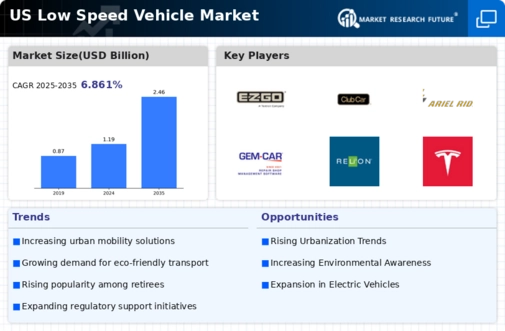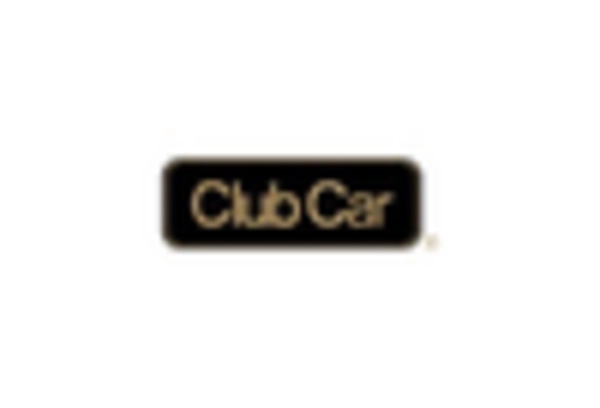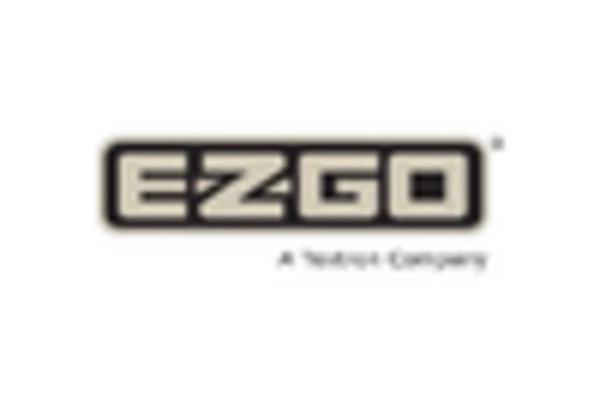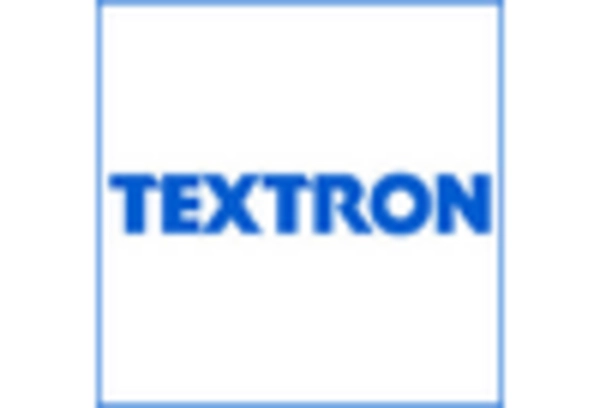Expansion of Urban Areas and Infrastructure
The expansion of urban areas in the US is significantly impacting the low speed-vehicle market. As cities grow, the need for efficient, low-impact transportation solutions becomes more pressing. Urban planners are increasingly incorporating low speed vehicles into their transportation strategies, recognizing their potential to alleviate traffic congestion and reduce emissions. In 2025, urban areas are expected to see a 20% increase in the adoption of low speed vehicles, as municipalities invest in infrastructure that supports their use. This trend indicates a promising future for the low speed-vehicle market, as it aligns with urban development goals and sustainability initiatives.
Technological Advancements in Vehicle Design
Technological advancements are playing a crucial role in shaping the low speed-vehicle market. Innovations in battery technology, lightweight materials, and smart features are enhancing the performance and appeal of these vehicles. For instance, the introduction of advanced battery systems is expected to increase the range of electric low speed vehicles by up to 30% by 2026. Such improvements not only enhance user experience but also contribute to the overall growth of the low speed-vehicle market. As manufacturers continue to invest in research and development, the market is likely to see a surge in new models that cater to diverse consumer needs.
Supportive Government Policies and Incentives
Supportive government policies and incentives are significantly influencing the low speed-vehicle market. Federal and state initiatives aimed at promoting electric and low-emission vehicles are creating a favorable environment for market growth. In 2025, various states are expected to offer tax credits and rebates for the purchase of low speed vehicles, potentially increasing sales by 10%. These policies not only encourage consumers to consider low speed vehicles but also stimulate manufacturers to innovate and expand their offerings. The low speed-vehicle market is thus likely to thrive as government support aligns with consumer demand for sustainable transportation options.
Growing Demand for Eco-Friendly Transportation
The low speed-vehicle market is experiencing a notable increase in demand for eco-friendly transportation options. As consumers become more environmentally conscious, the appeal of low speed vehicles, particularly electric models, is rising. In 2025, the market for electric low speed vehicles is projected to grow by approximately 15%, driven by the desire to reduce carbon footprints. This shift aligns with broader trends in sustainable transportation, where low speed vehicles are seen as a viable alternative for short-distance travel. The low speed-vehicle market is thus positioned to benefit from this growing consumer preference, as manufacturers innovate to meet the demand for greener options.
Increased Focus on Last-Mile Delivery Solutions
The low speed-vehicle market is witnessing a surge in interest due to the increasing focus on last-mile delivery solutions. As e-commerce continues to grow, businesses are seeking efficient ways to deliver goods to consumers. Low speed vehicles, with their ability to navigate urban environments easily, are becoming a preferred choice for last-mile logistics. In 2025, it is estimated that the use of low speed vehicles for delivery purposes will increase by 25%, driven by their cost-effectiveness and lower environmental impact. This trend highlights the potential for the low speed-vehicle market to expand its role in the logistics sector.

















Leave a Comment